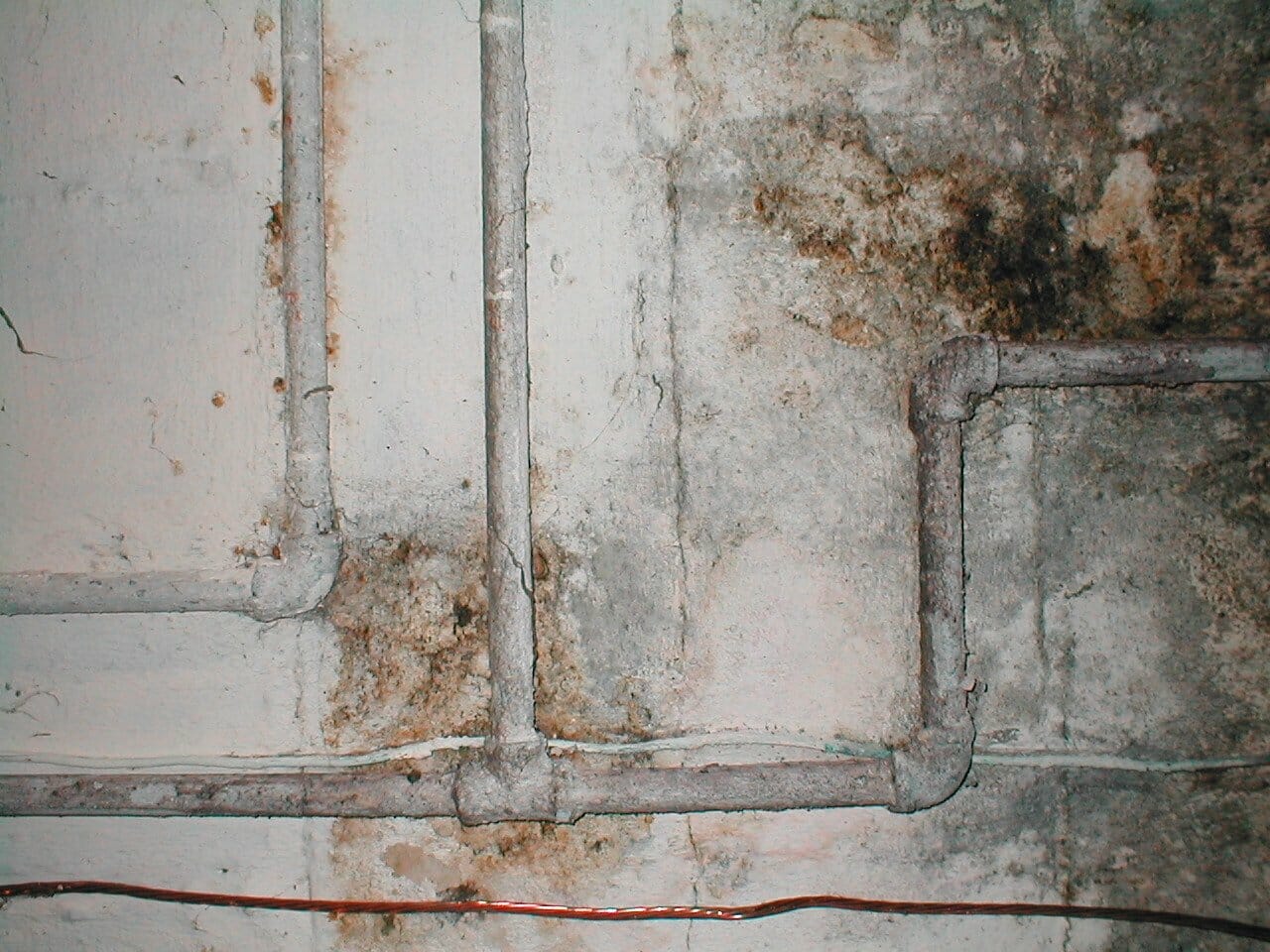The water system in your home can be
damaged by corrosion, and there are other detrimental effects. There are environmental concerns, chief amongst these is the enormous quantity of water lost every day due to domestic water leaks. Homeowners and property managers that have to replace corroded pipes can face extensive and expensive repair bills. Scale can also cause a number of problems that can interfere with the normal operation of your
plumbing system. Let’s take a closer look at how you can check the health of your plumbing pipes.
6 Common Ways to Check for Corrosion:
Unless your home is brand new, it’s important to check your pipes for any signs of corrosion. This will also give you some useful information about the overall health of your water supply.
- Familiarize Yourself with Your Pipes
This is the very first thing you need to know; you will need to find out what types of pipes are being used in your home. It may be the case that your pipes are corrosion proof and a test for corrosion will not even be necessary. Check every pipe that is easy to access, as there may even be different types of pipes in various areas in your home.
- Carry Out a Water Test
A water test can tell you a great deal about your water supply and your system. A check for corrosion will usually show very high concentrations of copper that can be hard on your pipes.
- Check for Signs of Rust
One of the most common byproducts of corrosion inside your pipes is the presence of rust. The best place to check for rust is in your toilet tank, and this is even easier to notice if you have galvanized pipes.
- Check for Signs of Blue Stains
There may be leaks in your pipes, if you find a leak, check around the area for any blue stains. This is another sure sign that there are high concentrations of copper in your domestic water supply. This could also be noticeable around plumbing fixtures and in the toilet tank.
- Inspecting the Exterior of Pipes
Any pipes that are not underground and are easy to access can be inspected for signs of corrosion. Running your hand carefully along the pipe can help to find pinhole leaks that are starting to leak water. If you find any leaks, there are indicators for corrosion, such as rusty, white and blue stains, and sediments that look like salt.
- Inspecting the Interior of Pipes
Obviously, this is a difficult proposition, the best way to do this is to
examine pipes that have been removed by a plumber. Cut sections of pipe where corrosion has occurred will be obvious.
If corrosion is occurring in your pipes, it will be necessary to get to the root of the problem and take action to correct the issue. A system that can remove copper and other corrosive materials from your water supply would help.
Checking Your Pipes for Scale:
A buildup of scale, can clog up your pipes and interfere with the water pressure and water quality. Water hardness causes scale formation in your pipes that can cause water based appliances to work less efficiently and fail earlier. A cut section of pipe will easily show any scale, and it can also be noticeable in the water tank. The presence of scale indicates a water hardness problem and a water softener can solve this issue.
By Giovanni Longo President Flood Brothers Plumbing
Giovanni Longo is a 3rd generation master plumber who has been practicing his craft and trade in the greater Los Angeles area for well over a decade and a half. A plumbing and hydraulics-engineering innovator, Giovanni’s particular world-class expertise focuses on dealing with challenging sewer system designs as well as resolving complex commercial and residential draining issues. As a certified Flood Mitigation expert, he is also well versed in a wide variety of water damage and remediation solution.





